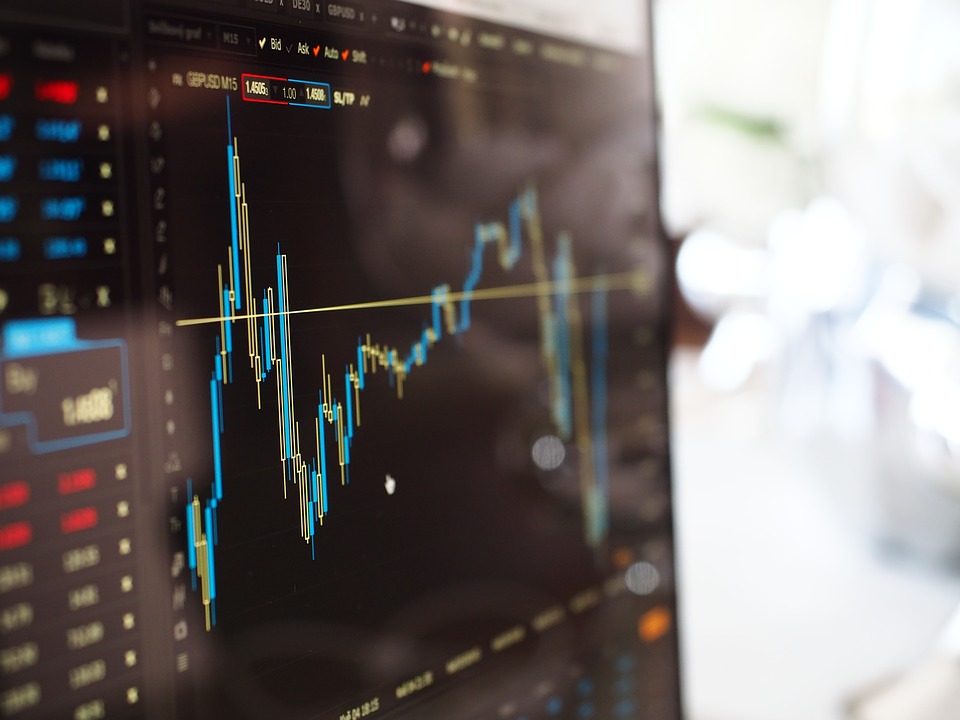
Forex, stock, futures, options, commodity traders fully understand that the trend is your friend while others swear by trading within a range as if it is foreshadowing future performance.
Is one trading strategy or indication superior to the other for those trading with leverage? First it is important to understand what is leverage in forex. Foreign exchange traders with access to leverage on their account should pay particular attention as the wrong strategy could result in significant losses in a very short period of time.
Trend Trading 101
Many forex traders prefer to trade a currency pair based on trends. Simply put, when a pair is clearly moving in one direction with little resistance, it is said the currency is trending up or is in an uptrend. Typically, an uptrend is defined by higher swing lows and higher wing highs.
Traders like to take advantage of a strong trend when their analysis suggests there is room for further upside. Of course, a trend remains a trend until it doesn’t. In other words, a trend is your friend until it breaks down and starts to show erratic characteristics.
Range Trading 101
Range-bound trading is based on historical information. As the name implies, traders assume that past history is likely to repeat itself. As such, prior support levels represent an entry point while past resistance levels signal a selling opportunity.
If prior resistance and support levels are consistent over a two-year period, it is more likely to work out as a trading strategy than a three-month period. Similar to trend trading, range trading is a strategy that works until it doesn’t.
Profit Potential Winner: Trend
A trader with access to 100 times leverage could double their account balance in one trade if they recognize early signs of a trend playing out. Such an opportunity might take place once every few decades, such as the British pound move post-Brexit, and this is exactly what savvy traders are looking for and ready to pounce on.
Suppose the EURUSD pair rises more than 10 cents, a one-lot purchase on a $10,000 account would generate around $12,000 in profit in a few months.
By contrast, a range trader would have sufficient reason to enter into the same trade at the same time. But since they are relying on prior indications, they will have pre-defined exit points already established. As such, a strict range trader will sell the pair for a small profit and not think twice about it instead of letting a momentum trade run its course.
Risk Management Winner: Trend
Risk management is extremely important for forex traders to adhere to because of the leveraged nature of their account.
Between the two trading strategies, trend trading is a safer strategy for traders looking to minimize losses. After all, the success or failure of a trade is almost immediately known. If a pair continues in an uptrend, the trade will be profitable. Tight and strict stops will force a trader to exit a losing trade at a very fast pace.
In fact, the thesis behind a range trade is that any near-term movement is disregarded. The assumption of a range trade is that a currency pair will eventually return to the target price. A trade could go horribly wrong in the first days or weeks but over a longer-term, it could play out exactly as originally expected.
The only problem is a trader could have blown through their account balance while sitting on the sidelines and waiting.
Conclusion: Trend Is Better
Trend based strategies might be a better general strategy as it allows for superior profit potential and a stricter risk management strategy. Of course, there is no one size fits all strategy, and traders that swear by range trading will naturally disagree.
A paper account gives traders the ability to dry run which of the two strategies works best for them. Traders can even create their own strategy that combines the two philosophies into one.
